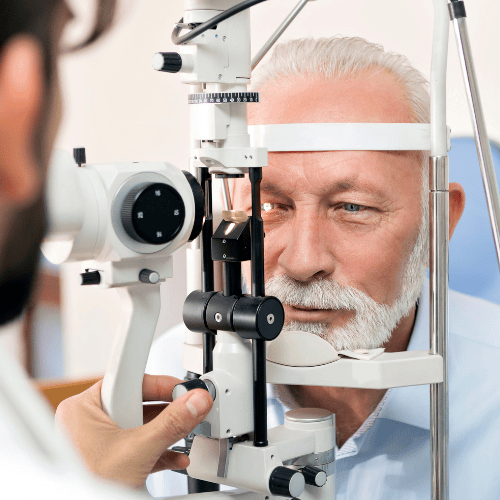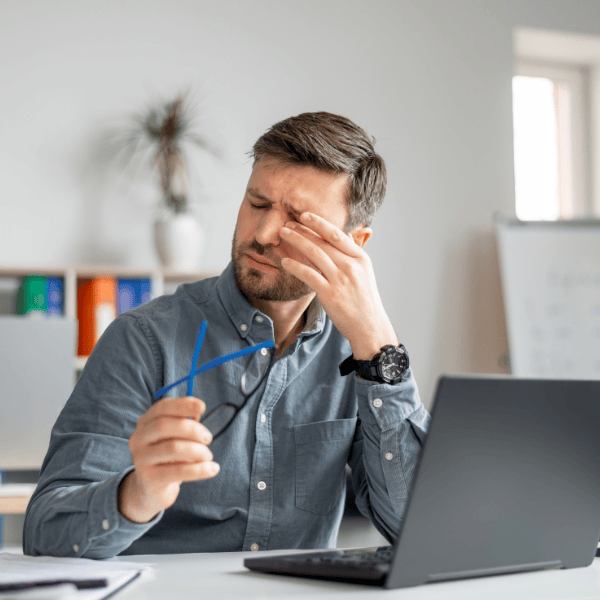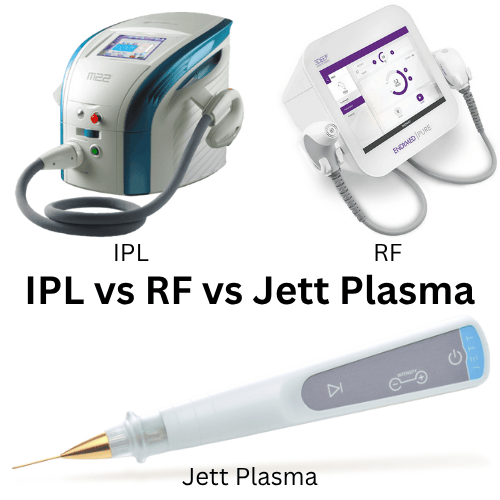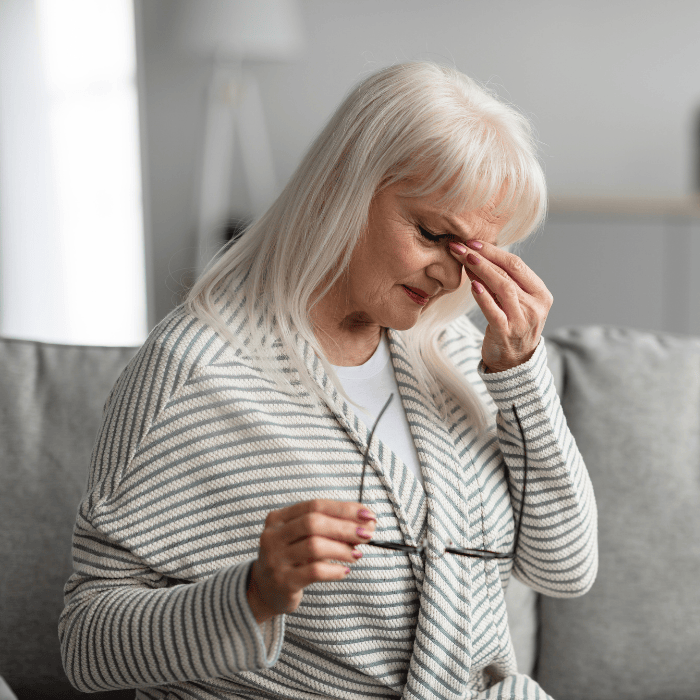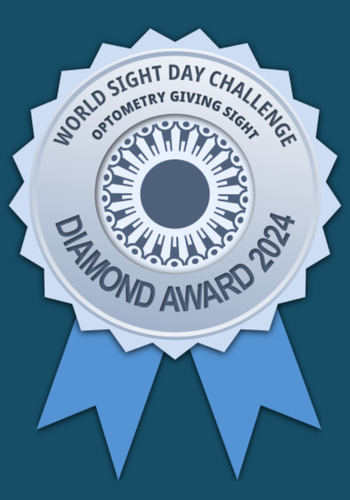DRY EYE SYMPTOMS AND CAUSES
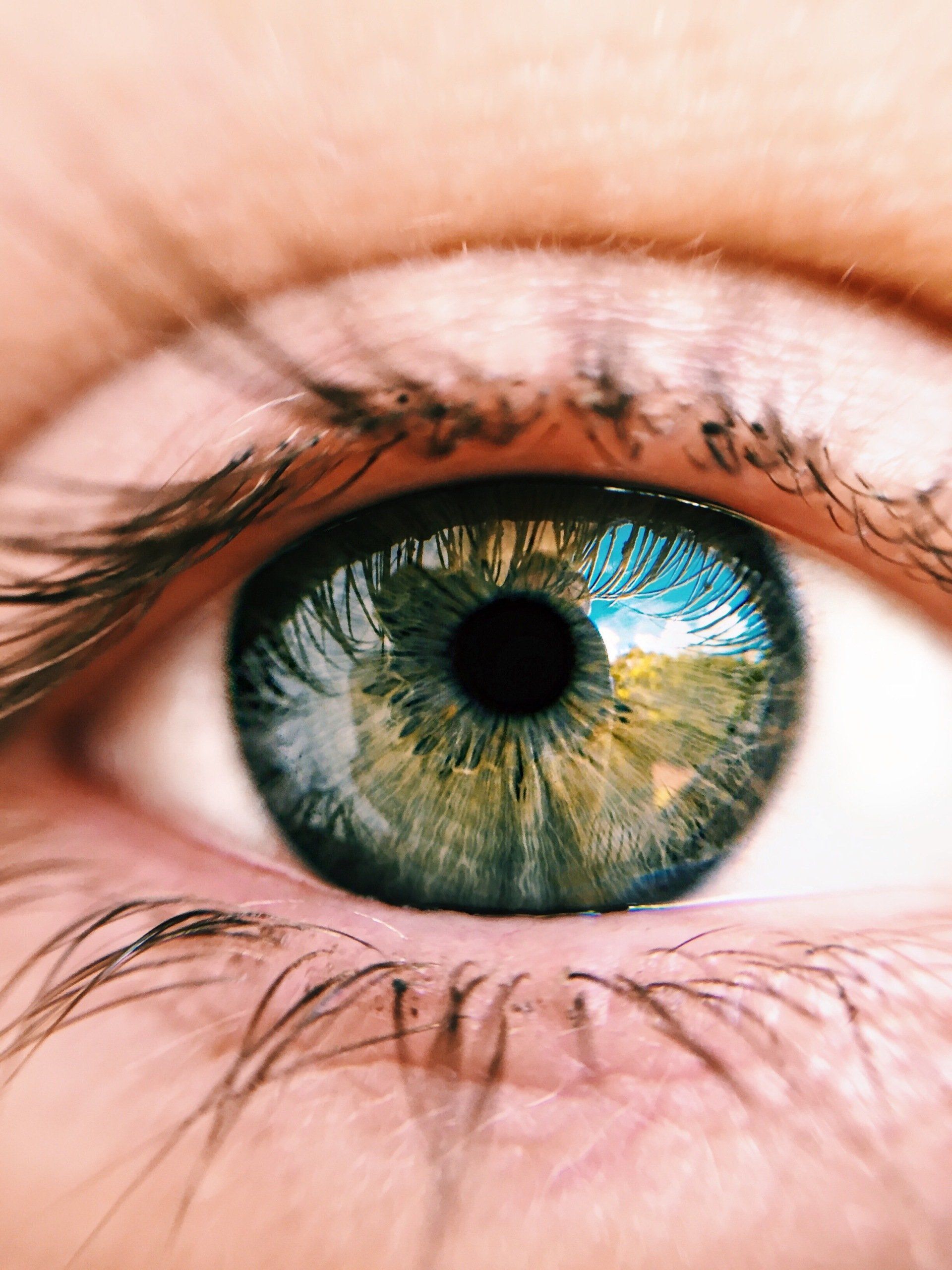
As winter approaches, we have more and more patients seeing us with Dry Eye symptoms. This article will address some of the most common questions we get about dry eyes.
What is Dry Eye?
Dry Eye is a disease resulting from a loss of balance of the thin film of tears that coats the eye surface. The tear film is more than just water, it is a complex balance of thousands of proteins, electrolytes and lipids optimized to protect the eyes and enhance vision. Dry Eye disease results when this balance is upset, leading to inflammation, tissue damage and eventually dry eye symptoms.
What are the symptoms of Dry Eye?
Dry Eye symptoms are diverse, ranging from mild irritation and discomfort to severe burning, stinging, redness, itchiness, sandy or gritty feeling, and mucous-like discharge resembling an eye infection. It may even cause excessive watering and blurry vision. In many cases though, Dry Eye disease causes no symptoms at all, which may occur in early stages or much later in the process as the condition progresses.
Am I at risk for Dry Eye?
Environmental factors such as the arid climate of Southern Alberta can increase the chances of developing dry eyes. Another common activity associated with dry eye disease is computer use (phones included). There are a multitude of dry eye causes, see Dry Eyes: Are You At Risk to learn about the six most common ones.
How do Eye Doctors check for Dry Eye?
During your eye exam you will be asked about any relevant symptoms. You will also receive a thorough eye health exam during which your MVO optometrist will check for signs of eyelid inflammation. Depending on the results you may be asked to return for further testing.
What is the treatment and prevention for Dry Eyes?
The specific dry eye treatment recommended depends on the cause. In 80% of cases the problem is related to a disease of the eyelids resulting in rapid evaporation of tears off the eye’s surface. Often in this situation the doctors will prescribe a dry eye treatment which consists of a combination of heat mask application, omega 3 fish oil supplements, and artificial tears. To learn more about common treatments and prevention options for Dry Eye disease, see Dry Eye Treatment Options.
What is the latest research on Dry Eye?
As dry eye can affect a large percentage of the population, there is a great deal of research taking place on novel treatment options. At MVO many of our patients are now using platelet-rich plasma, which are eye drops formulated from their own blood plasma. We have incorporated IPL and RF treatments which have had enormous success in treating evaporative dry eye disease, the most common type. We are learning that there is a benefit in using cold as well as heat treatments to the eyelids to help the eyes produce a balanced film of tears. Lastly, many topical medications being developed to manage different forms of dry eye disease are showing much promise. Many have attained FDA approval in the US and will soon be available in Canada.
Due to all the new developments in dry eye disease management, it is essential that you are working with experts in the field. Our MVO eye doctors have a special interest in dry eyes, use specialized equipment for diagnosis and monitoring, and have been actively studying and keeping up with latest research for many years. Book an appointment today to take the first step towards your dry eye relief.

